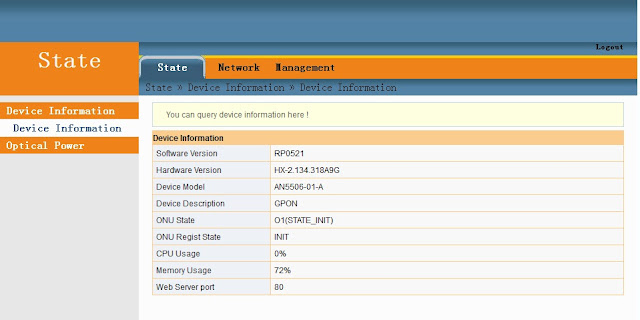In February 2007 it was my very first time going out the country to work abroad for operation and maintenance in one of the International Airport in the Kingdom of Saudi Arabia, I left my previous work in one of the famous University in my hometown. During that time the only fastest Internet broadband connection that you can get for residential was the twin copper wire that carries two carrier in a single physical line, one for voice such as home phone and the other is data for the Internet. In contrast to my beloved Philippines the Digital Subscriber Loop (DSL) at that time is very expensive, I remember I have three (3) Internet Cafe whom I work for part time job in 2001 till 2005 and one of the NetCafe only afford a dial-up Internet connection, but during those period of time Netscape is the fave browser and mIrc is the best messenger among all who we used to hang on the net everyday from morning until midnight.
So I experimented my company dial-up internet account whenever I am on the NetCafe during night time to see how it works, so there it goes, it works that credentials. From that moment in time every night time I hang on my NetCafe I have a free dial-up internet connection. I did the same thing in Saudi Telecom but this time its a Asynchronous Digital Subscriber Line during my three years work period contract and it works because the technology infrastructure used by DSL is same as the dial-up connection the Plain Old Telephone Service (POTS), whereas DSL uses Public Telephone Switch Network (PTSN) is just an upgrade version of POTS using same carrier twin copper wire single physical line.
In the mid of 2009 I got an offered to pursue my MS degree in Electronic and Communications Engineering in Kuala Lumpur to one of the well known International University of that Asia Tiger States, so I did grabbed the opportunity and started new series of being a university student again. The mud city just started their Fiber Optic roll out over the busy town, and my Kondominium were I reside don't offer the Fiber Optic service because its a high rise building and we are on the 11th floor. That's how they pronounce it Kondominium not Condominium, this tall building is equip with xDSL communication infra own by the government the Telekom Malaysia. The good things about Very High Speed Digital Subscriber Line (VDSL) it offers a triple play, you have the voice internet and the video just like the Fiber To The Home (FTTH) the physical connection is twin copper wire of the PTSN whereas FTTH a Passive Optical Network (PON).
I am really eager on experimenting such things like this and I proved that it works as what I have done and mention on my previous case study. In this experiment on Telekom Malaysia xDSL its not only a single connection but multiple logical internet connections. I have a TP-Link WR-TL740N v1.2 reflashed it with OpenWRT firmware Attitude Adjustment 12.09 loaded it with Multi-WAN package and it works I tested up to twelve (12) WANs.
If it works on Saudi Telecom and Telekom Malaysia I thing it would be impossible if it will not work on PLDT or neither to GLOBE Telecom Infrastructure. But this time we are on the PON infra, whether or not the Philippines Giant Telco will of course not right away garbage their vintage SmartBro Canopy equipment that they still keep on using the authentication technique for P1 wireless CPE an upgrade of SmartBro family brand whom we all know the long term MacDo free internet connection that GLOBE Telco also rival it.
On this case study I am still using my legacy Wireless Access Point (WAP) router WR-TL740N v1.2 it has one WAN port and four LAN ports no modem built but with WiFi BNG 150N Lite. The Processor is 350Mhz MIPS with 4MBit flash and 32MBit of RAM, reflashed with the third party Linux embedded firmware OpenWRT Attitude Adjustment 12.09 and of course the Multi-WAN package.
My final test proves that there is no difference whether the Telecommunication Infrastructure between POTS, PTSN and PON are same regardless to whatever the authentication technique are being implemented they will behave in the same passion, this is just on my observation. I was very unfortunate my dear Professor in that university is a Shifu in Fiberless Optical Communication which is opposite to my field of interest during that time of my study. This case study still unknown issue to the academe, perhaps already known but not yet been publish, not a threat but widely vulnerable.




























































